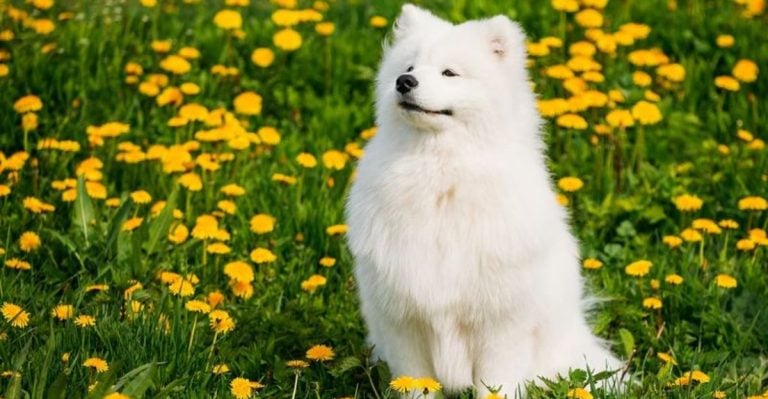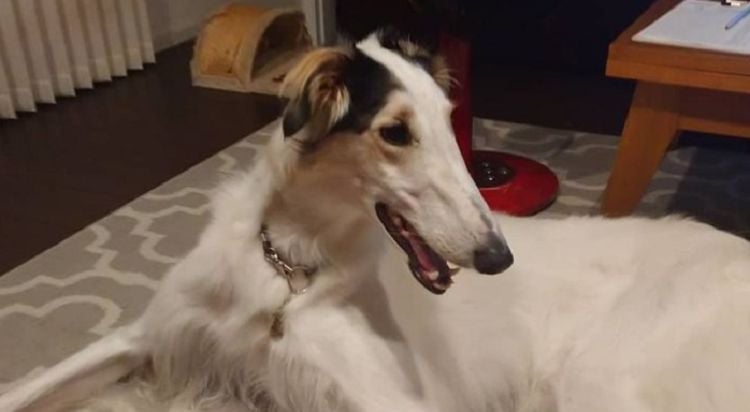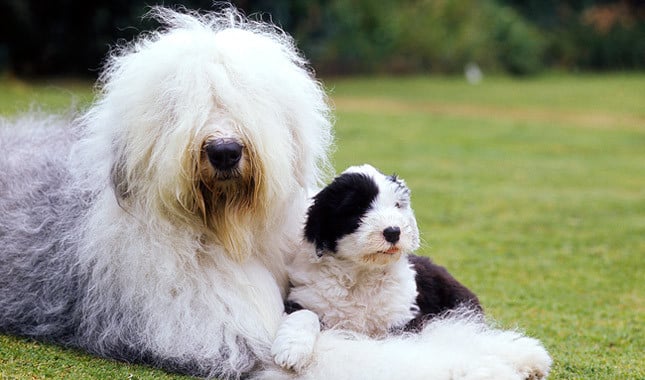15 Dog Breeds That Don’t Look Anything Like They Used To

Dogs have been humankind’s best friend for centuries, but many breeds have undergone radical transformations due to human influence. Some changes were intentional, while others were unintended consequences. Let’s explore the fascinating evolution of 15 dog breeds that look nothing like their ancestors.
Bulldog

The bulldog of today bears little resemblance to its athletic predecessors. Originally bred for bull-baiting, these dogs had a muscular build, longer snouts, and better endurance. With time, people favored a stockier frame and exaggerated facial wrinkles, resulting in severe breathing problems and overheating issues.
Dachshund

Dachshunds were once sturdier and more proportional, built for hunting burrowing animals like badgers. Generations of breeding led to elongated torsos and shortened legs to help with tunnel maneuverability. However, this extreme change has made spinal issues, particularly intervertebral disc disease (IVDD), much more common.
German Shepherd

German shepherds were initially bred for herding livestock and had straight, strong backs. The demand for show-quality dogs led to a sloping back, which gives them the modern stance but also contributes to hip dysplasia and degenerative myelopathy. Early German shepherds were also slightly smaller and lived longer.
Pug

Historical images of pugs reveal dogs with longer snouts and less exaggerated wrinkles. The modern version has a much flatter face, which was developed for a more “adorable” look. Unfortunately, this has led to severe respiratory problems and eye issues. Their compressed airways also make it difficult to regulate body temperature.
Boxer

Early boxers had a more balanced skull shape, with longer snouts allowing for better breathing. Changes in breeding practices resulted in a more brachycephalic face, which increased breathing difficulties. Along with facial changes, modern boxers have a more defined muscular structure than bulkier ancestors.
Saint Bernard

The Saint Bernard was originally a leaner and more agile breed developed for alpine rescues in Switzerland. Earlier dogs could easily endure deep snow and harsh mountain conditions. Decades of breeding have made them significantly larger, with heavier bone structures and thicker coats.
Basset Hound

Early basset hounds had slightly tighter skin, shorter ears, and a more balanced body structure. Humans slowly emphasized the signature long ears, deep wrinkles, and stocky legs to enhance the distinctive look. This resulted in an undeniably charming breed, but it also introduced a host of health issues.
Bull Terrier

Bull terriers from the 1800s had more traditional, proportionate skulls than the modern egg-shaped head they are known for today. Over time, people focused on exaggerating the convex profile, which gives them a striking appearance but has also contributed to dental and jaw alignment issues. Despite this change, the energetic and mischievous nature remains intact.
Chow Chow

The original Chow Chow was a sturdy working dog with a more functional coat. Eventually, the desire for a lion-like mane led to a denser, fluffier coat. While visually striking, this makes overheating more likely. The thick fur requires constant maintenance, and skin infections can develop without proper grooming.
Great Dane

Centuries ago, Great Danes were significant, but not the towering giants that are seen today. These pups were used for hunting wild boar and had a more athletic build. Generations of breeding have pushed them to extreme heights, making them the tallest dog breed. Unfortunately, the increased size has major drawbacks, including shorter lifespans (often under 10 years).
Shar-Pei

Originally, the shar-pei breed had a looser, less exaggerated amount of wrinkles. The deep folds can now trap moisture and bacteria, leading to chronic skin infections. Additionally, sunken eyes often suffer from entropion, where eyelids roll inward. Despite these challenges, this breed remains loyal and protective.
Doberman

Dobermans were initially bred with a stockier build, designed for protection and endurance. Over time, breeding shifted toward a more streamlined and agile physique to make them faster but less physically imposing. Although this shift changed their overall structure, the breed’s predisposition to heart issues is primarily genetic rather than a direct result of body shape changes.
Cocker Spaniel

Early cocker spaniels had shorter, more practical ears suitable for hunting. Generations of refinement lengthened the ears and gave the coats a silkier texture for a more visually appealing look. Unfortunately, the floppy ears are prone to infections due to limited air circulation. Additionally, modern cocker spaniels have a higher risk of hereditary eye conditions.
Pekingese

Once a symbol of Chinese royalty, early Pekingese dogs had longer snouts, which allowed for easier breathing. They were sturdier and more functional, capable of moderate exercise without struggling. The breed’s intentional shaping led to a flatter face and a more compact build, which resulted in serious respiratory issues and made overheating a common problem.
Scottish Terrier

Scottish terriers were originally taller and sturdier, bred for hunting vermin in rugged terrains. Over time, they were bred for shorter legs to create a more compact dog. While the small size enhances the breed’s charm, it also increases the risk of joint problems. Still, the bold and tenacious spirit remains, always ready for adventure.






